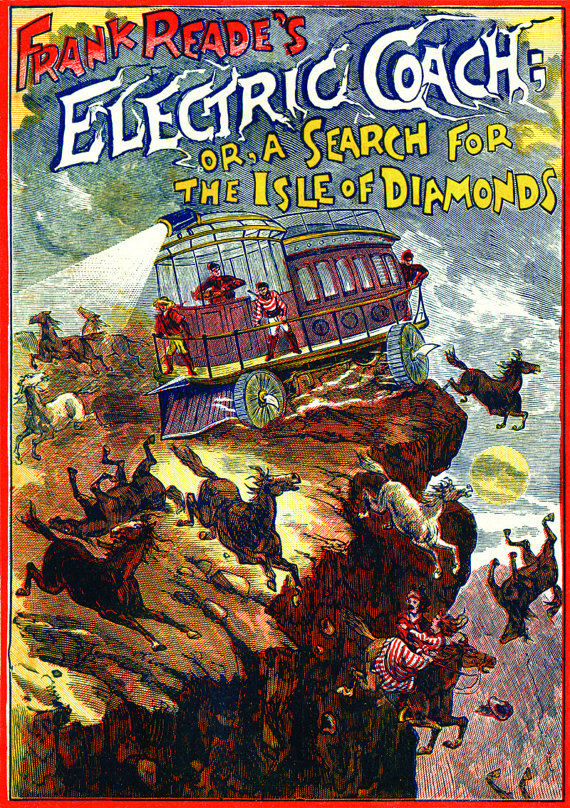Cozy houses are on my mind lately, so I thought I'd write about cottages. Here's a nice contemporary one (above), done in the old style, but it's a bit too...I don't know...too perfect. I'll bet a Beverly Hills lawyer lives here. Let's see if I can rustle up something more authentic...
....something a little more rural...like this (above) one.
What I like most about this room is the large kitchen table. I imagine that friends who came to visit sat at the table and chatted with the owners while they cooked and cleaned.
That's the way it is today in Steve Worth's kitchen (above). On entering the house, guests ignore the living room and instead take a seat at the kitchen table. This is a cottage-style kitchen with comfortable chairs and a big table you can walk around.
I concede that a cozy living room is a thing of beauty. Even so, the kitchen is a more natural gathering spot.
I don't know anything about the history of cottages. To judge from pictures I've seen, old European cottages frequently consisted of one large room containing a hearth, a table, and cabinet beds. Other rooms were for additional beds and storage. Lots of cottages contained a fire pit (above) in the middle of the floor.
Having a fire pit rather than a stove or a hearth strikes me as odd since the room must fill with smoke sometimes, even if there was ventilation. Maybe the smoke was welcome because it drove vermin out of the thatched roofs. Maybe smoke was rare because the only thing that was ever cooked was soup and that only required enough flame to simmer.
Maybe families with a big hearth and lots of iron kettles were thought of as upper crust.
Maybe an interior oven was a status item, even if the oven was only a mound of mud or clay like the one above. This wasn't a poor folks' cottage. It had a carved door, a cabinet for china, formal chairs rather than a bench, and a separate bedroom.
I can't tell what the floors in this photo were made of but I'll guess that they were dirt floors. I'll also guess that dirt floors were doctored somehow to make them more solid than you'd expect dirt to be.
Here's (above) a Russian cottage with thick, wooden walls and inexplicably high ceilings. Boy, that bedspread looks great! Every room, even in modern houses, should have one key item that's special, something fussed over, like the blanket.
Here's a cottage that's packed with cabinets that look like they once belonged in more affluent homes. There's a story here...I wish I knew what it was.
My guess is that modest cottages, where generations of the same family lived for years, frequently had a high-end item or two on display. Over time families accumulate unusual things.























































